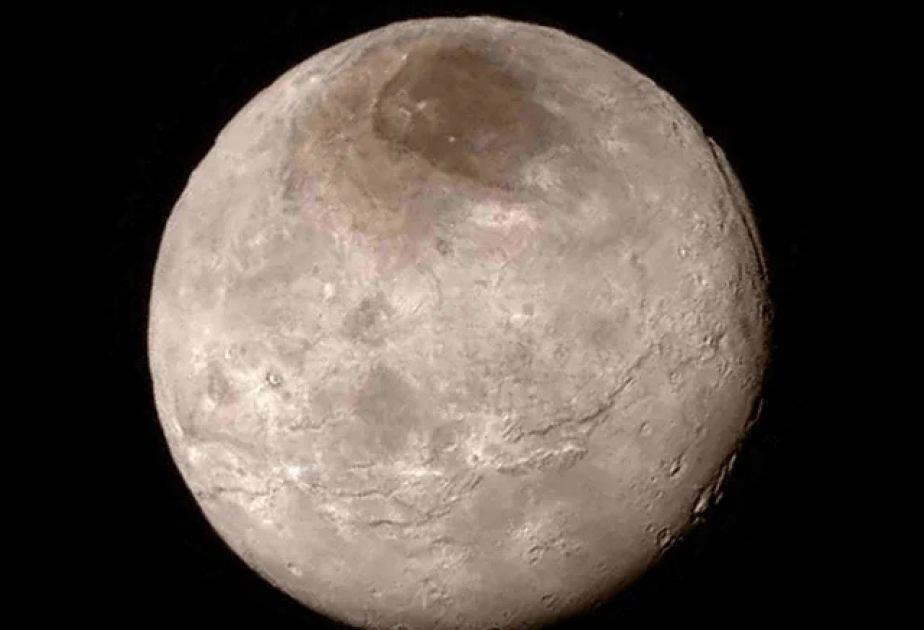
Webb Telescope Detected Carbon Dioxide And Hydrogen Peroxide On Pluto's Moon
Observations by the James Webb Space Telescope provide scientists with a more complete understanding of the composition and evolution of Charon, Pluto's largest moon orbiting any of the dwarf planets in our Solar system, Azernews reports.
The researchers reported that the Webb telescope for the first time detected carbon dioxide and hydrogen peroxide frozen in the form of solids on the surface of Charon, which is a spherical body with a diameter of about 1200 kilometers. They are added to water ice, ammonia-containing compounds and organic materials previously found on the surface of Charon.
Charon, discovered in 1978, is considered the largest satellite of the Solar System compared to the planet it orbits. This is about half the diameter and one-eighth the mass of Pluto, a dwarf planet located in the cold region of the outer Solar system called the Kuiper Belt, behind the farthest planet Neptune.
The distance between Charon and Pluto is about 19,640 kilometers. Most of the satellite's surface is gray, with reddish-brown areas around the poles composed of organic material.
The Webb Telescope's observations are based on data obtained when NASA's New Horizons spacecraft flew past Charon during its visit to the Pluto system in 2015. The new study is related to the Webb Telescope, which will be launched in 2021 and will begin collecting data a year later, increasing its observational capabilities over a wider wavelength range than previously available.
According to the researchers, the presence of hydrogen peroxide
is explained by the radiation processes that Charon underwent over
time, whereas carbon dioxide is probably the initial component of
the formation of this moon about 4.5 billion years ago.
Astronomers note that the water ice on the surface of Charon has
chemically changed as a result of continuous exposure to
ultraviolet radiation from the Sun, as well as energetic particles
of the solar wind and galactic cosmic rays passing through the
universe. They stated that the carbon dioxide observed by the space
telescope remained below the surface and was exposed to external
influences on Charon. Thus, carbon dioxide may be part of the
source material from which both Charon and Pluto were formed.
Legal Disclaimer:
MENAFN provides the
information “as is” without warranty of any kind. We do not accept
any responsibility or liability for the accuracy, content, images,
videos, licenses, completeness, legality, or reliability of the information
contained in this article. If you have any complaints or copyright
issues related to this article, kindly contact the provider above.


















Comments
No comment